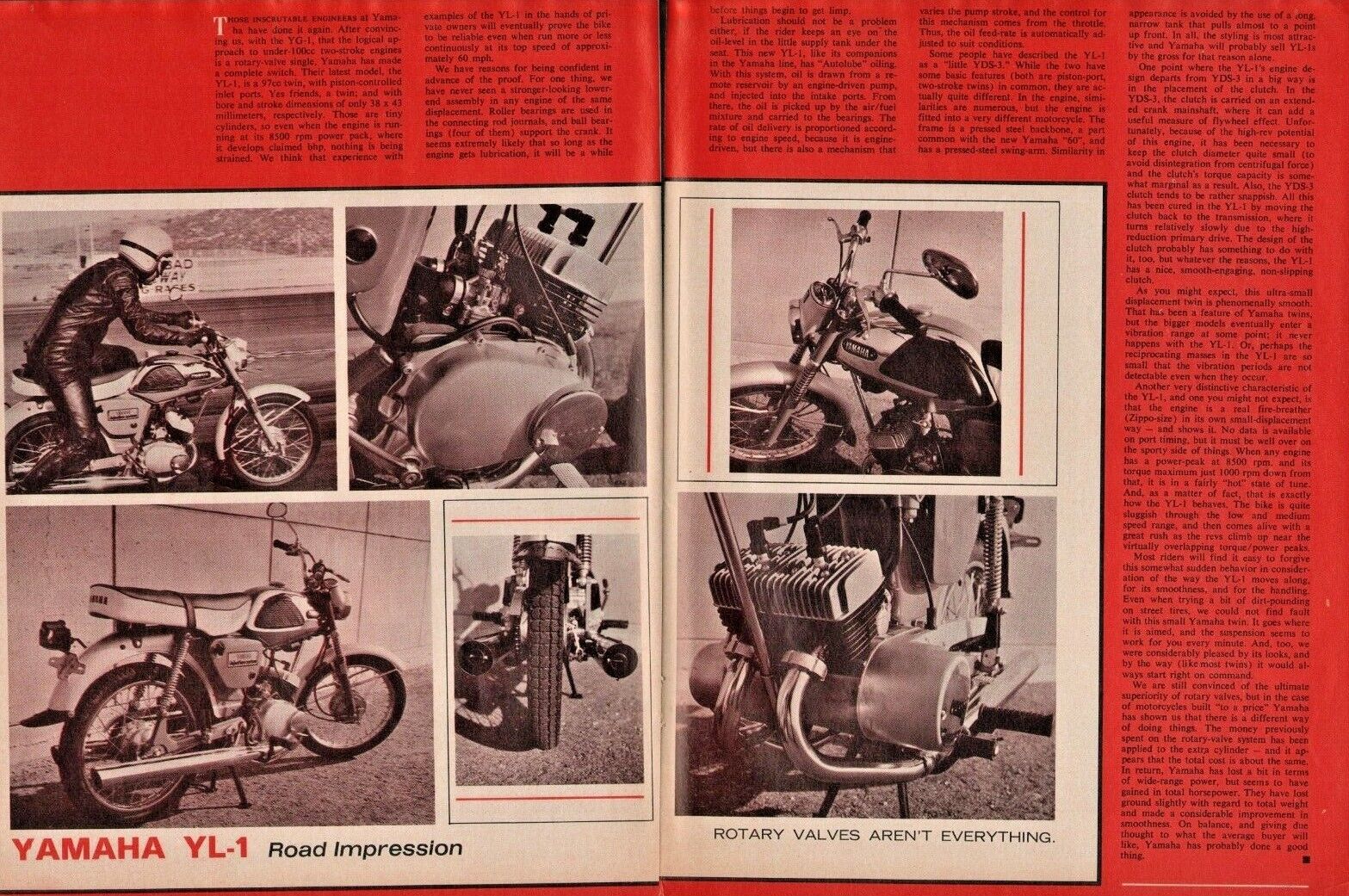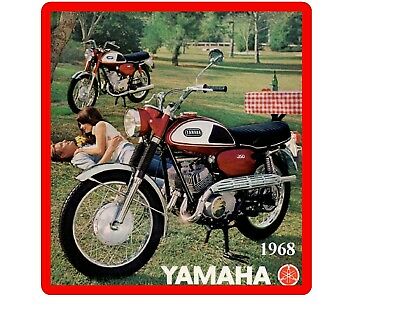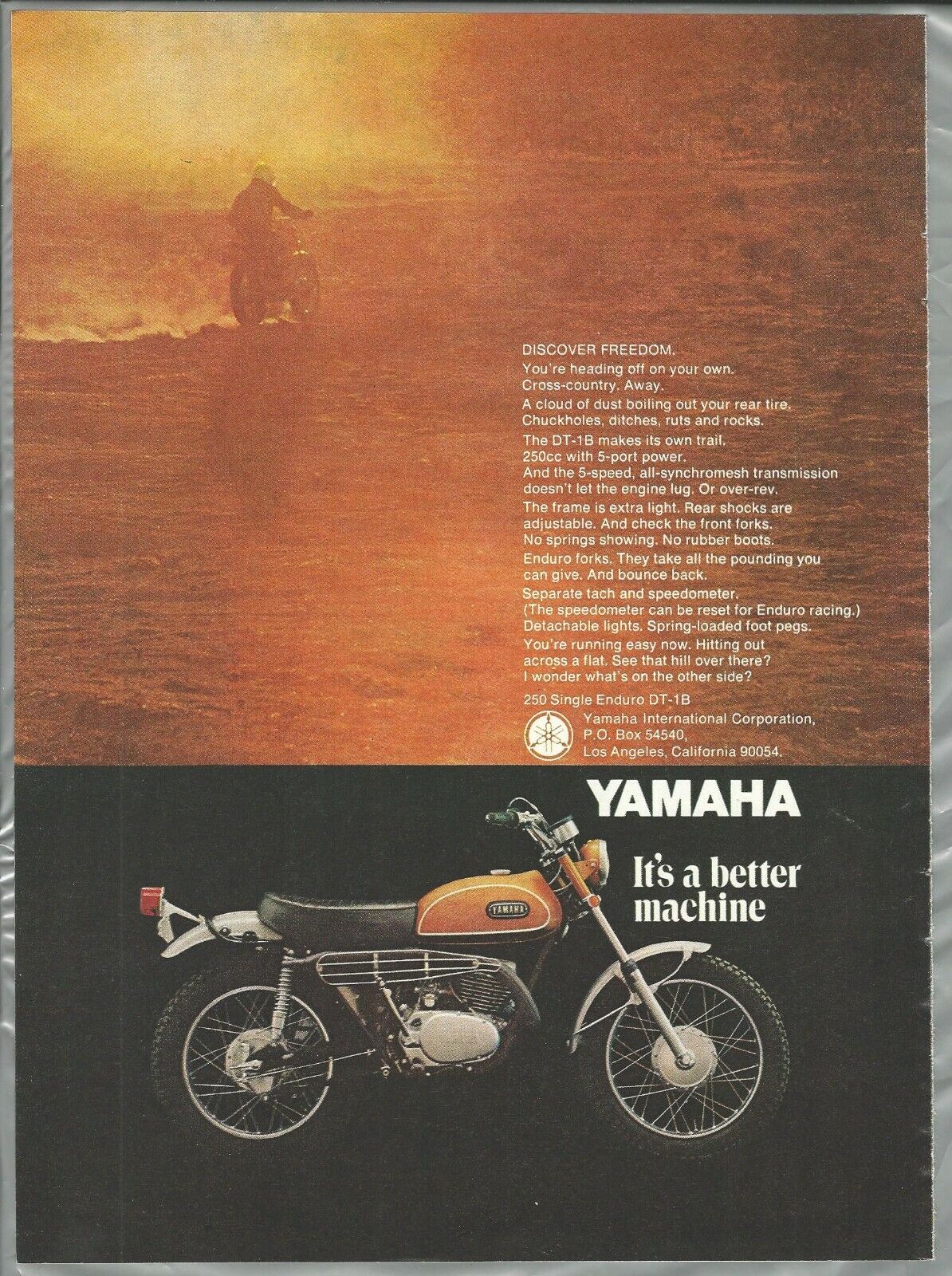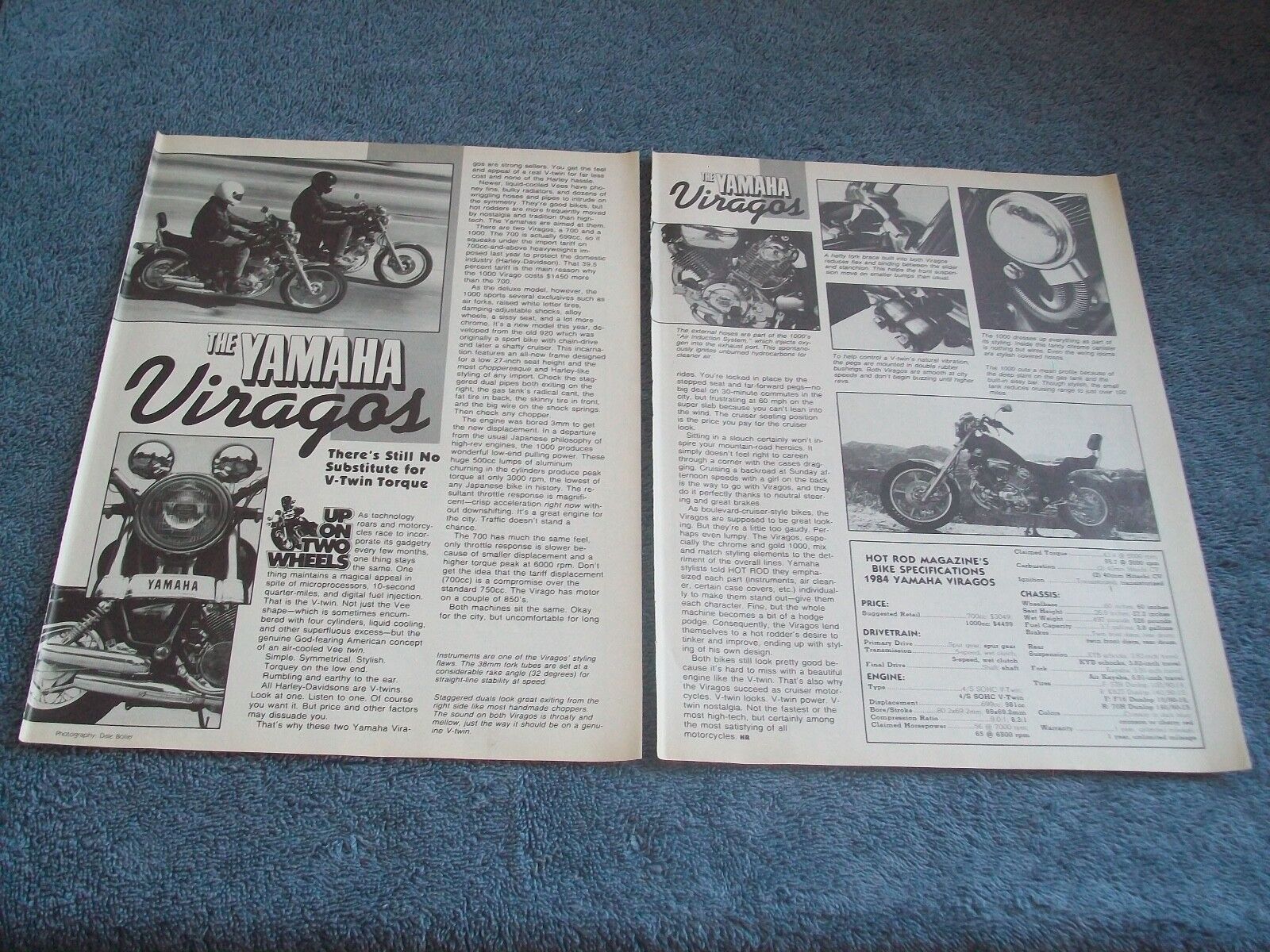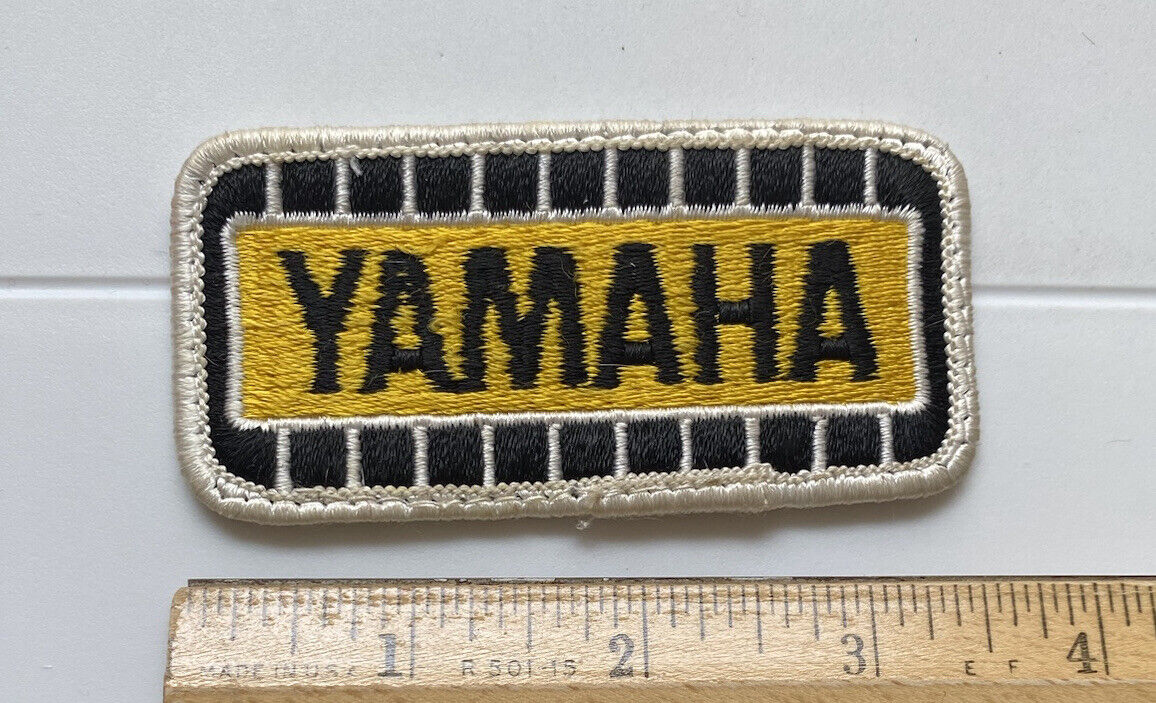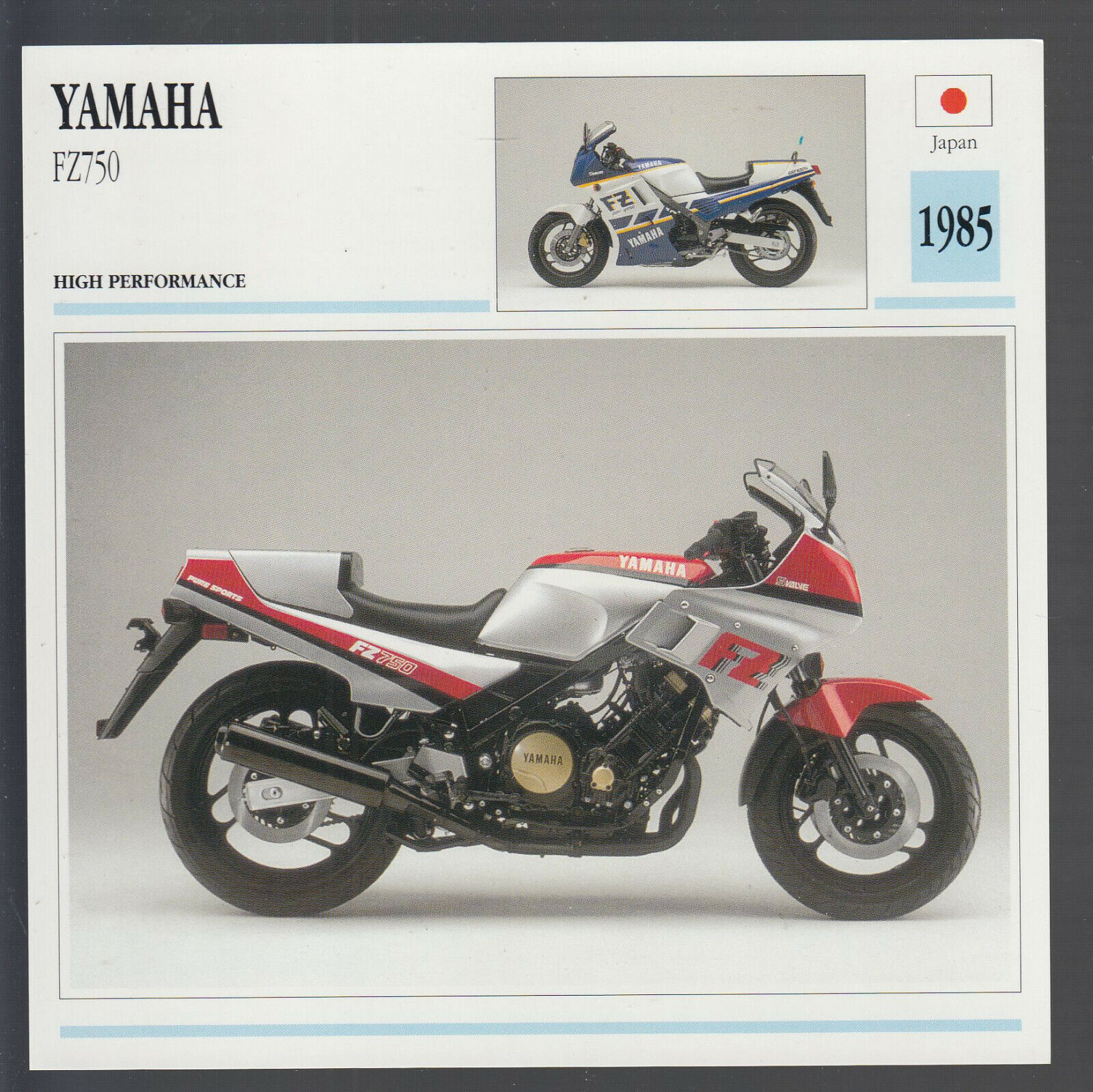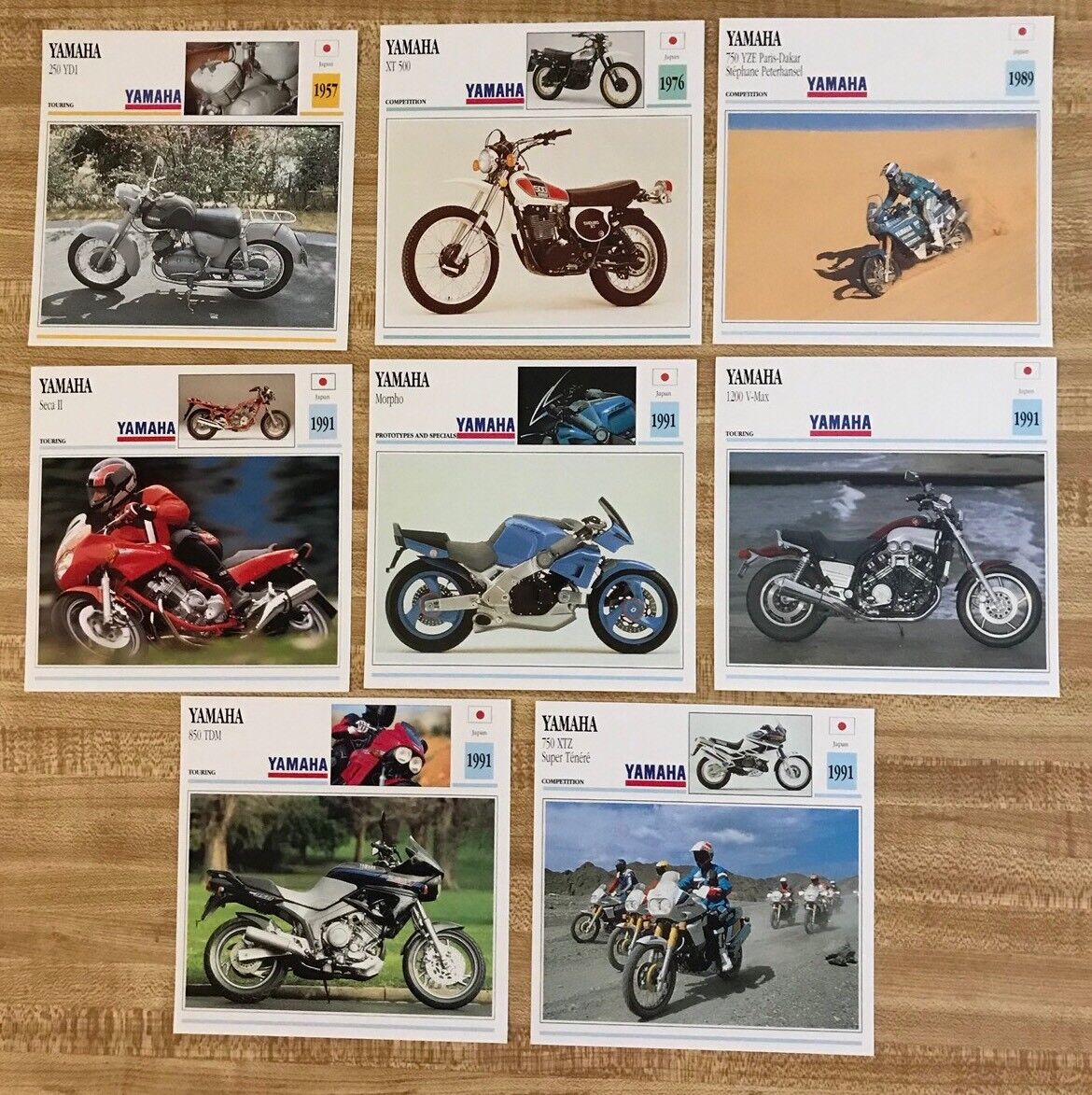-40%
1966 Yamaha YL-1 - 2-Page Vintage Motorcycle Article
$ 6.84
- Description
- Size Guide
Description
1966 Yamaha YL-1 - 2-Page Vintage Motorcycle ArticleOriginal, vintage magazine article
Page Size: Approx. 8" x 11" (21 cm x 28 cm) each page
Condition: Good
THOSE inscrutable engineers at Yama-
have done it again After convinc-
ing us. with the YG-1. that the logical ap-
proach to under-lOOcc two-stroke engines
is a rotary-valve single, Yamaha has made
a complete switch Their latest model, the
YL-1, is a 97cc twin, with piston-cont rolled
inlet ports Yes friends, a twin, and with
bore and stroke dimensions of only 38 x 43
millimeters, respectively Those are tiny
cylinders, so even when the engine is run-
ning at its 8500 rpm power pack, where
it develops claimed bhp. nothing is being
strained We think that experience with
examples of the YL-1 in the hands of pri-
vate owners will eventually prove the bike
to be reliable even when run more or less
continuously at its top speed of approxi-
mately 60 mph
We have reasons for being confident in
advance of the proof. For one thing, we
have never seen a stronger-looking lower
end assembly in any engine of the same
displacement. Roller bearings are usfed in
the connecting rod journals, and ball bear-
ings (four of them) support the crank. It
seems extremely likely that so long as the
engine gets lubrication, it will be a while
before things begin to get limp.
Lubrication should not be a problem
either, if the nder keeps an eye on’the
oil-level in the little supply tank under the
seat. This new YL-1, like its companions
in the Yamaha line, has "Autolube” oiling.
With this system, oil is drawn from a re-
mote reservoir by an engine-driven pump,
and injected into the intake ports. From
there, the oil is picked up by the air/fuel
mixture and carried to the bearings. The
rate of oil delivery is proportioned accord-
ing to engine speed, because it is engine-
driven, but there is also a mechanism that
vanes the pump stroke, and the control for
this mechanism comes from the throttle
Thus, the oil feed-rate is automatically ad-
justed to suit conditions.
Some people have described the YL-1
as a “little YDS-3.” While the two have
some basic features (both are piston-port,
two-stroke twins) in common, they are ac-
tually quite different In the engine, simi-
larities are numerous, but the engine is
fitted into a very different motorcycle. The
frame is a pressed steel backbone, a part
common with the new Yamaha "60”, and
has a pressed-steel swing-arm. Similarity in
appearance is avoided by the use of a
up front In ail, the styling is most attrac-
tive and Yamaha will probably sell YL-ls
by the gross for that reason alone
One point where the YL-I’s engine de
sign departs from YDS-3 in a big way is
in the placement of the clutch In the
YDS-3, the clutch is earned on an extend-
ed crank mamshaft. where it can add a
useful measure of flywheel effect Unfor-
tunately, because of the high-rev potential
of this engine, it has been necessary to
keep the clutch diameter quite small (to
avoid disintegration from centnfugal force)
and the clutch’s torque capacity is some-
what marginal as a result Also, the YDS-3
clutch tends to be rather snappish. All this
has been cured in the YL-1 by moving the
clutch back to the transmission, where it
turns relatively slowly due to the high-
reduction primary drive. The design of the
clutch probably has something to do with
it, too, but whatever the reasons, the YL-1
has a nice, smooth-engaging, non-slippmg
clutch.
As you might expect, this ultra-small
displacement twin is phenomenally smooth.
That has been a feature of Yamaha twins,
but the bigger models eventually enter a
vibration' range at some point; it never
happens with the YL-1. Or, perhaps the
reciprocating masses in the YL-1 are so
small that the vibration periods are not
detectable even when they occur.
Another very distinctive characteristic of
the YL-1, and one you might not expect, is
that the engine is a real fire-breather
(Zippo-size) in its own small-displacement
way - and shows it. No data is available
cn port liming, but it must be well over on
the sporty side of things. When any engine
has a power-peak at 8500 rpm, and its
torque maximum just 1000 rpm down from
that, it is in a fairly "hoi’* state of tune.
And, as a matter of fact, that is exactly
how the YL-1 behaves. The bike is quite
sluggish through the low and medium
speed range, and then comes alive with a
great rush as the revs climb up near the
virtually overlapping torque/power peaks.
Most riders will find it easy to forgive
-This somewhat sudden behavior in consider-
ation of the way the YL-1 moves along,
for its smoothness, and for the handling.
Sven when trying a bit of dirt-pounding Q
on street tires, we could not find fault
with this small Yamaha twin. It goes where
it is aimed, and the suspension seems to
work for you every minute. And, too, we
were considerably pleased by its looks, and
by the way (like most twins) it would al-
ways start right on command.
We are still convinced of the ultimate
superiority of rotary valves, but in the case
of motorcycles built ‘to a price” Yamaha
has shown us that there is a different way
of doing things. The money previously
spent on the rotary-valve system has been
applied to the extra cylinder — and it ap-
pears that the total cost is about the same,
in return. Yamaha has lost a bit in terms
of wide-range power, but seems to have
gained in total horsepower They have lost
ground slightly with regard to total weight
and made a considerable improvement in
smoothness. On balance, and giving due
thought to what the average buyer will
like. Yamaha has probably done a good
thing.
12117-6603-08
